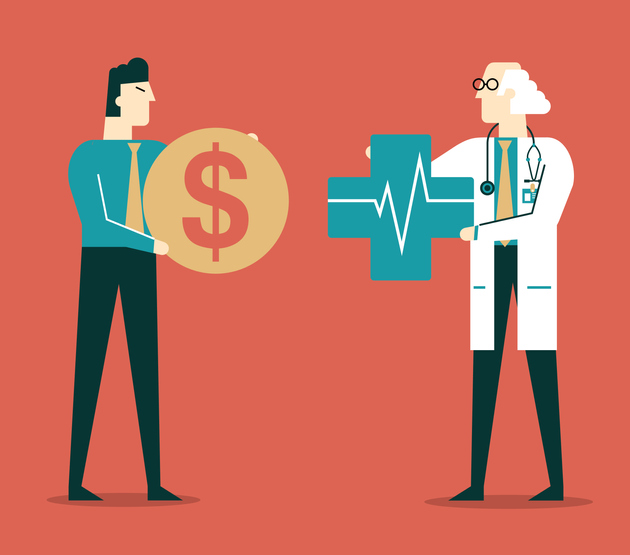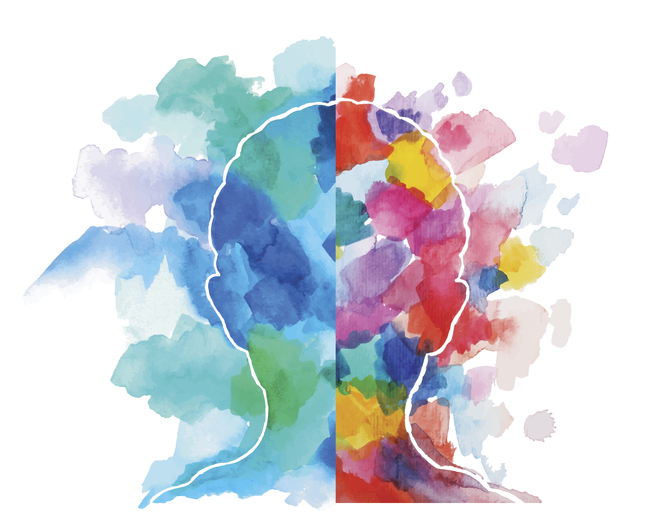
In a discussion led by Aneesh Chopra (former U.S. CTO and president of CareJourney), executives from leading health systems and health tech organizations explored the gaps between consent to share protected health information (PHI) and the complex workflows impeding interoperability, and how companies such as Docusign are addressing them. It also contrasted the ideal for these tasks with a bracing snapshot of the reality providers contend with, particularly in the areas of substance use disorders and mental health care.
Panelists on the webinar include:
- Michael ‘MJ’ Jackson, VP & Global Head of Industries, Docusign
- Angie Bass, Chief Strategy Officer, Velatura
- Natalie Spivak, Chief Information Officer, Southwest Michigan Behavioral Health
- Joseph Wager, Technology Project Manager, Mid-State Health Network
For example, Form 5515 in Michigan captures patient consent for sharing behavioral health information between clinicians and other service providers. But as Spivak explained, care coordination is still often a challenge as her organization seeks to effectively treat a population that is disproportionately combatting multiple complex issues simultaneously, including substance use disorders, homelessness, income instability, recidivism, and more. So the current reality of obtaining and managing consent in order to implement patient-centered care in a compliant way is a time-consuming process.
Docusign and Velatura, the commercial arm of the Michigan Health Information Network (MiHIN), are addressing these data consent gaps in healthcare in a pilot program to reduce burdens in electronic consent management.
Bass noted that a repository enables the storing of eConsent with the provider, a copy that can now be sent to the patient who signed it, which is easier than the provider having to print off or electronically send a copy as an attachment. That represents automation that doesn’t exist today.
Docusign created a much more automated and scalable approach to collecting a consent form with an active care relationship that’s consumer directed. It involves transforming what can be a labor-intensive process into a seamless digital authorization model. Docusign envisions a multiphase approach to rolling out the program.
Jackson provided an overview of how Docusign’s new Intelligent Agreement Management platform streamlines the eConsent and ID verification process.
Before the digital signature is obtained, Jackson noted, the process of importing data from back-end systems can be automated, reducing the amount of manual entry required, which can often lead to errors.
“We can also insert a step that requires identity verification. If you are working with a highly sensitive workload or data sets like PHI, before the recipient is prompted to sign, we can require that individual validate his or her government ID by holding it up to their smartphone. The platform will check for embedded watermarks, the issue and expiration dates, and it will check against the database of the issuing entity to ensure that those aspects are valid. Then it will assess your picture on the government ID and compare it to your live image when you turn the camera on yourself to ensure that you and the image represented on your government-issued ID correspond individually. That all happens before the electronic signature is captured; and then A.I. can be leveraged to present insights from the repository of signed agreements afterwards.”
“We can take care of securely routing the signed consent form to all of the designated providers. We can also ensure that, if another recipient should be added later, the process may be effortlessly modified n farther downstream as well. So we’re exponentially improving the ways that many of our existing customers will leverage Docusign.”
To listen to a recording of the webinar, fill out the form below:













